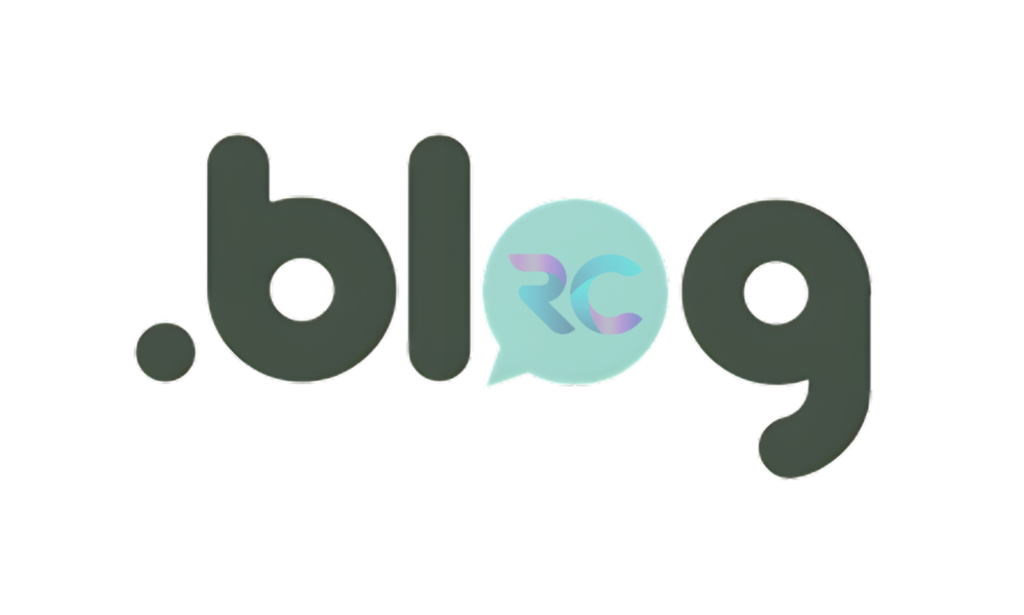Top 50 Quotes from the Bhagavad Gita
Top 50 Quotes from the Bhagavad Gita and Their Timeless Wisdom The Bhagavad Gita, a sacred text in Hindu philosophy, is not just a religious scripture but a guide to living a meaningful and purposeful life. Comprising 700 verses, the Gita is a conversation between Prince Arjuna and the god Krishna, who serves as his charioteer. Through this dialogue, profound teachings on life, duty, morality, and the nature of the self are conveyed. This article explores 50 of the most significant quotes from the Bhagavad Gita, along with their interpretations and the timeless wisdom they offer. 1. “You have the right to perform your prescribed duties, but you are not entitled to the fruits of your actions.” (Bhagavad Gita 2.47) Interpretation and Wisdom:This verse emphasizes the principle of Nishkama Karma, or selfless action. It advises that while one should diligently perform their duties, they should not be attached to the results. This detachment helps in reducing stress and anxiety about outcomes and encourages focusing on the process rather than the reward. The wisdom here is a reminder that when we detach from the results, we allow ourselves to be more present and effective in our actions, leading to inner peace. 2. “The soul is neither born, and nor does it die.” (Bhagavad Gita 2.20) Interpretation and Wisdom:This verse explains the eternal nature of the soul, known as Atman in Hindu philosophy. The soul is immortal and transcends birth and death, moving from one body to another through reincarnation. The wisdom conveyed here is the understanding that our true essence is beyond the physical body. This realization can reduce fear of death and promote a life led with greater spiritual awareness. 3. “When meditation is mastered, the mind is unwavering like the flame of a lamp in a windless place.” (Bhagavad Gita 6.19) Interpretation and Wisdom:Krishna here illustrates the state of a mind that is focused and undisturbed by external influences. Meditation is a practice that helps in achieving such stillness. The wisdom in this quote highlights the importance of meditation as a tool for mental clarity and stability. In a world filled with distractions, mastering meditation can help one maintain inner peace and focus. 4. “He who has no attachments can really love others, for his love is pure and divine.” (Bhagavad Gita 2.55) Interpretation and Wisdom:True love, according to the Gita, is free from attachments and expectations. When we love without seeking anything in return, our love becomes unconditional and divine. This wisdom teaches us to cultivate relationships that are based on selflessness and purity, leading to deeper and more meaningful connections with others. 5. “The mind acts like an enemy for those who do not control it.” (Bhagavad Gita 6.6) Interpretation and Wisdom:This verse stresses the importance of mental discipline. An uncontrolled mind can lead to negative thoughts, distractions, and ultimately, suffering. The wisdom here is that by controlling the mind through practices like meditation, self-reflection, and discipline, one can turn it into a powerful ally that leads to personal growth and fulfillment. 6. “A person is said to be elevated in yoga when, having renounced all material desires, he neither acts for sense gratification nor engages in fruitive activities.” (Bhagavad Gita 6.4) Interpretation and Wisdom:This verse discusses the state of a true yogi, who is detached from material desires and acts without seeking personal gain. The wisdom in this quote is about finding contentment and purpose beyond material possessions and superficial pleasures. It encourages us to seek higher spiritual goals and live a life of simplicity and contentment. 7. “One who sees inaction in action, and action in inaction, is intelligent among men.” (Bhagavad Gita 4.18) Interpretation and Wisdom:This paradoxical statement highlights the concept of Karma Yoga, where true action is not merely about physical deeds but also the intention and awareness behind them. Inaction in action refers to the ability to remain detached and calm while performing one’s duties, while action in inaction refers to the presence of intention even in stillness. The wisdom here teaches us the value of mindfulness and conscious living, where every action is infused with purpose and awareness. 8. “As a person puts on new garments, giving up old ones, the soul similarly accepts new material bodies, giving up the old and useless ones.” (Bhagavad Gita 2.22) Interpretation and Wisdom:This verse reiterates the concept of reincarnation, where the soul transitions from one body to another, much like changing clothes. The wisdom in this analogy is the understanding of the temporary nature of the physical body and the eternal nature of the soul. It encourages detachment from the physical self and a deeper connection with the spiritual self. 9. “There is nothing lost or wasted in following one’s own dharma.” (Bhagavad Gita 2.40) Interpretation and Wisdom:Dharma refers to one’s righteous duty or moral responsibility. This verse assures that even if one faces difficulties or setbacks while following their dharma, nothing is lost. The wisdom here is about staying true to one’s principles and values, even in the face of adversity. It encourages perseverance and faith in the path of righteousness. 10. “Among all kinds of killers, time is the ultimate because time kills everything.” (Bhagavad Gita 10.33) Interpretation and Wisdom:This verse personifies time as the ultimate destroyer, emphasizing the inevitability of change and the impermanence of all things. The wisdom in this quote is a reminder of the transient nature of life and the importance of making the most of the present moment. It encourages living with an awareness of mortality, which can lead to a more meaningful and purposeful life. 11. “The peace of God is with them whose mind and soul are in harmony, who are free from desire and wrath, who know their own soul.” (Bhagavad Gita 2.70) Interpretation and Wisdom:This verse speaks to the inner peace that comes from self-realization and the alignment of mind, body, and soul. The wisdom here is the understanding that true peace is not found in external circumstances but within oneself. By
Top 50 Quotes from the Bhagavad Gita Read More »











